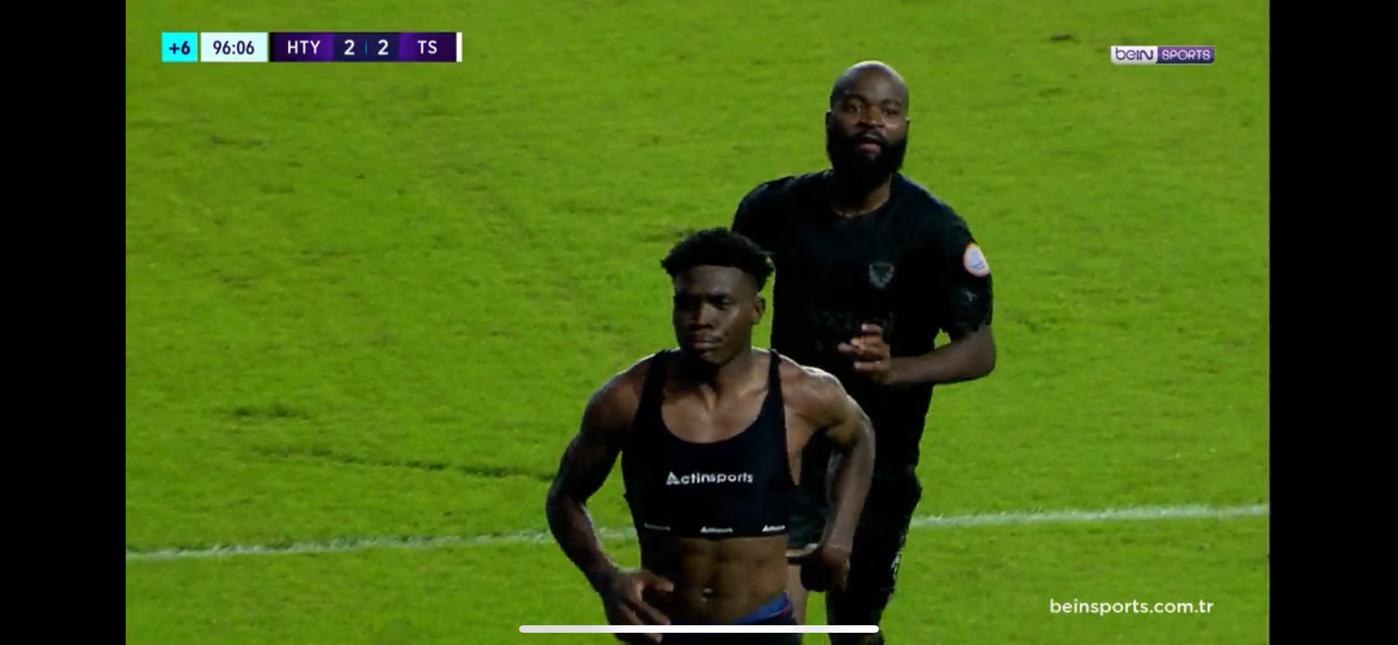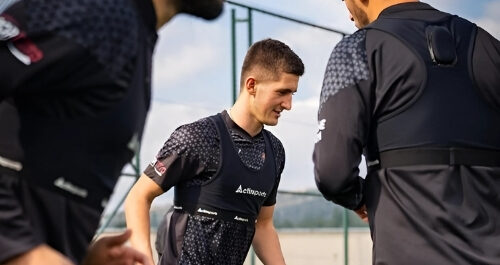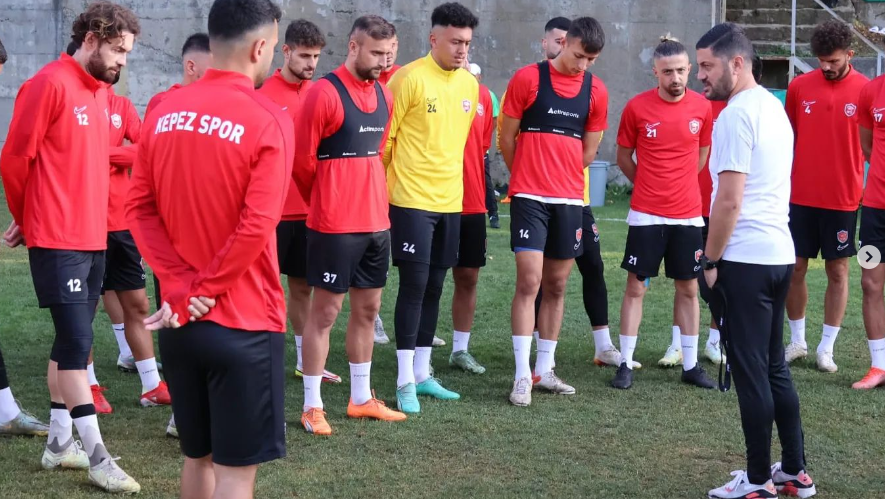In modern football, technology has become an essential tool for improving player performance and reducing injury risks. One of the most impactful innovations in recent years is the use of GPS vests. These wearable devices have transformed the way teams analyze physical performance, optimize training sessions, and gain valuable insights during real matches.
What Are GPS Vests?
GPS vests are wearable tracking devices designed to collect data on player movements, physical exertion, and workload. The vests contain small GPS units that measure speed, acceleration, deceleration, distance covered, and even heart rate when paired with biometric sensors. These vests are lightweight, fitting seamlessly under a player’s jersey without restricting movement.
How GPS Vests Are Used in Matches
During live football matches, GPS vests provide real-time data that can be analyzed by coaching and sports science staff. Some key metrics tracked include:
- Total Distance Covered: Helps in assessing a player’s endurance and overall contribution during a match.
- Sprint Count and Speed: Useful for evaluating explosiveness and intensity levels.
- Acceleration and Deceleration Metrics: Important for monitoring fatigue and potential injury risks.
- Heat Maps and Positioning: Gives insights into tactical efficiency and movement patterns.
By reviewing these metrics, coaches can make informed decisions regarding player substitutions, tactical changes, and workload management.
Benefits of GPS Vests in Football
The integration of GPS technology in football matches offers several advantages:
- Injury Prevention: By monitoring physical exertion levels, coaching staff can identify signs of fatigue or overuse, reducing the risk of injuries.
- Performance Optimization: GPS data allows teams to tailor training plans based on individual and collective performance trends.
- Tactical Insights: Coaches can analyze movement patterns and positioning to adjust formations and strategies accordingly.
- Player Development: Long-term tracking helps players understand their strengths and areas for improvement, aiding in career progression.
- Recovery Management: Post-match analysis ensures that players receive appropriate recovery plans based on their workload.
The Future of GPS Technology in Football
As football continues to evolve, GPS technology is expected to become even more sophisticated. Advances in AI and machine learning may further enhance data interpretation, leading to more precise performance analytics. Additionally, the integration of GPS vests with other wearable technologies, such as smart textiles and real-time biofeedback systems, could revolutionize player monitoring and training methodologies.
Conclusion
GPS vests have become a game-changer in football, providing real-time performance tracking and valuable insights for coaches, players, and sports scientists. As technology advances, these wearable devices will continue to shape the future of football, making the game more data-driven, strategic, and efficient. Whether it’s for injury prevention, performance optimization, or tactical analysis, GPS vests are now an indispensable part of modern football.



